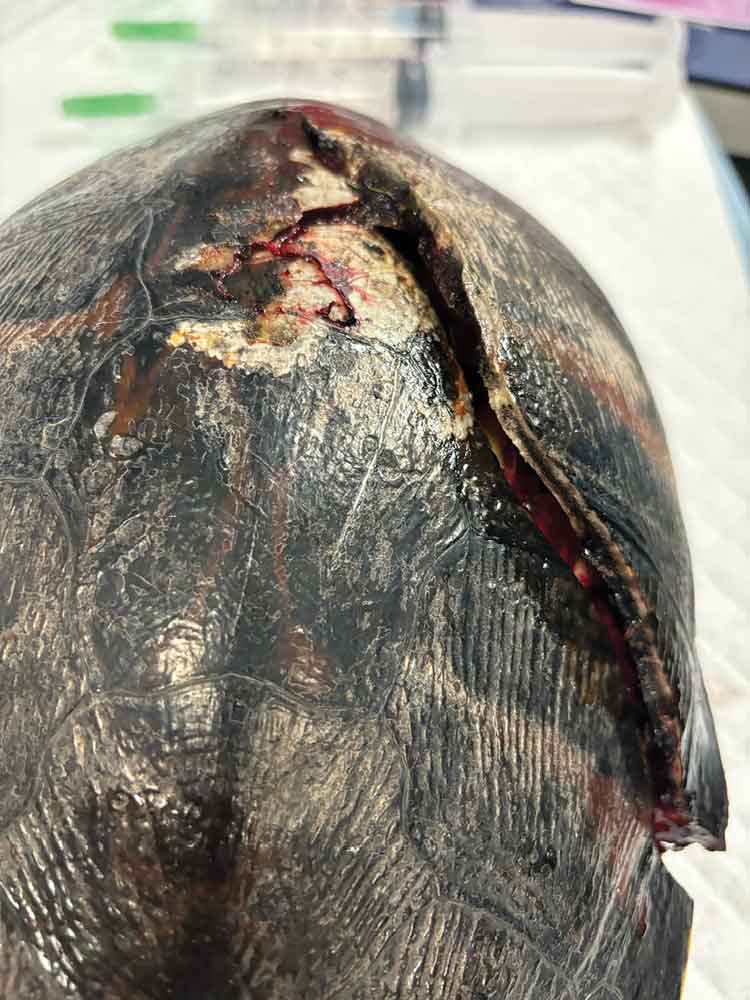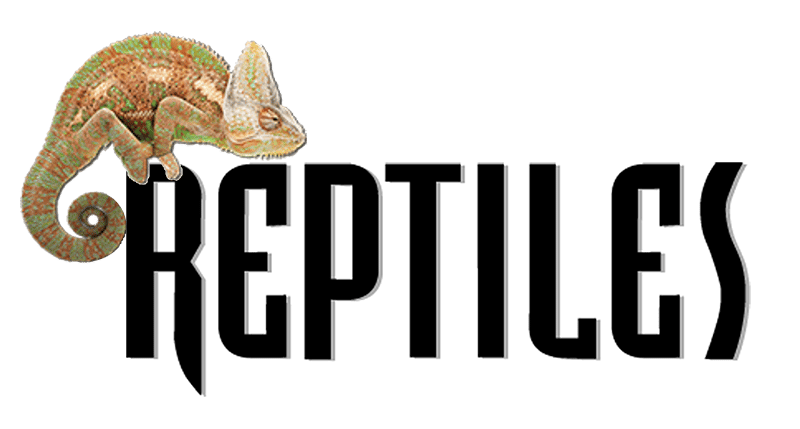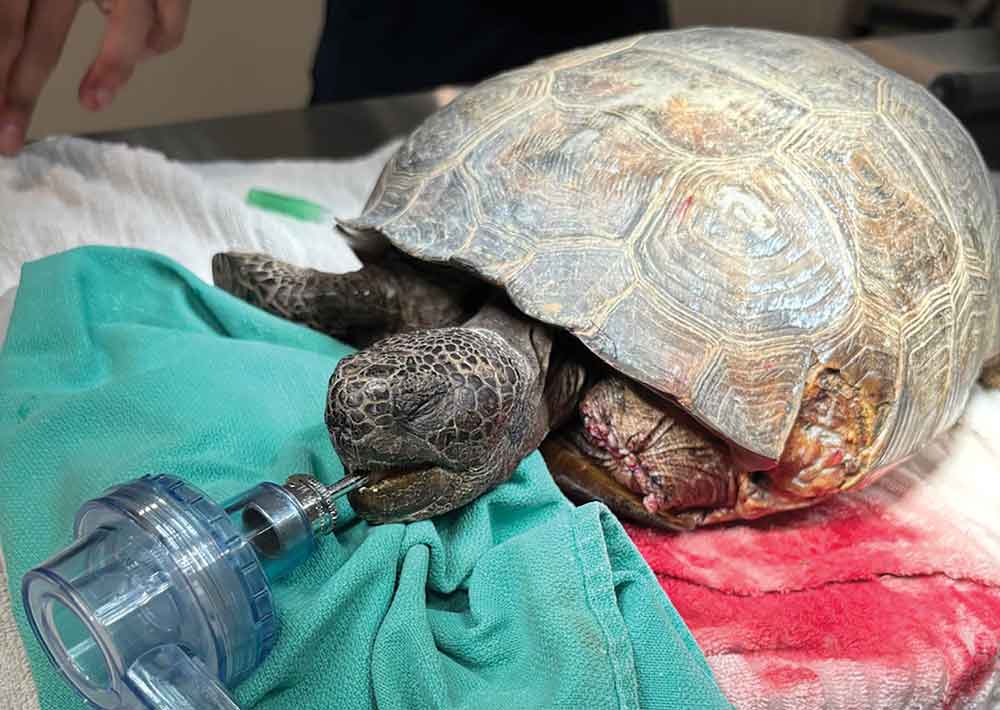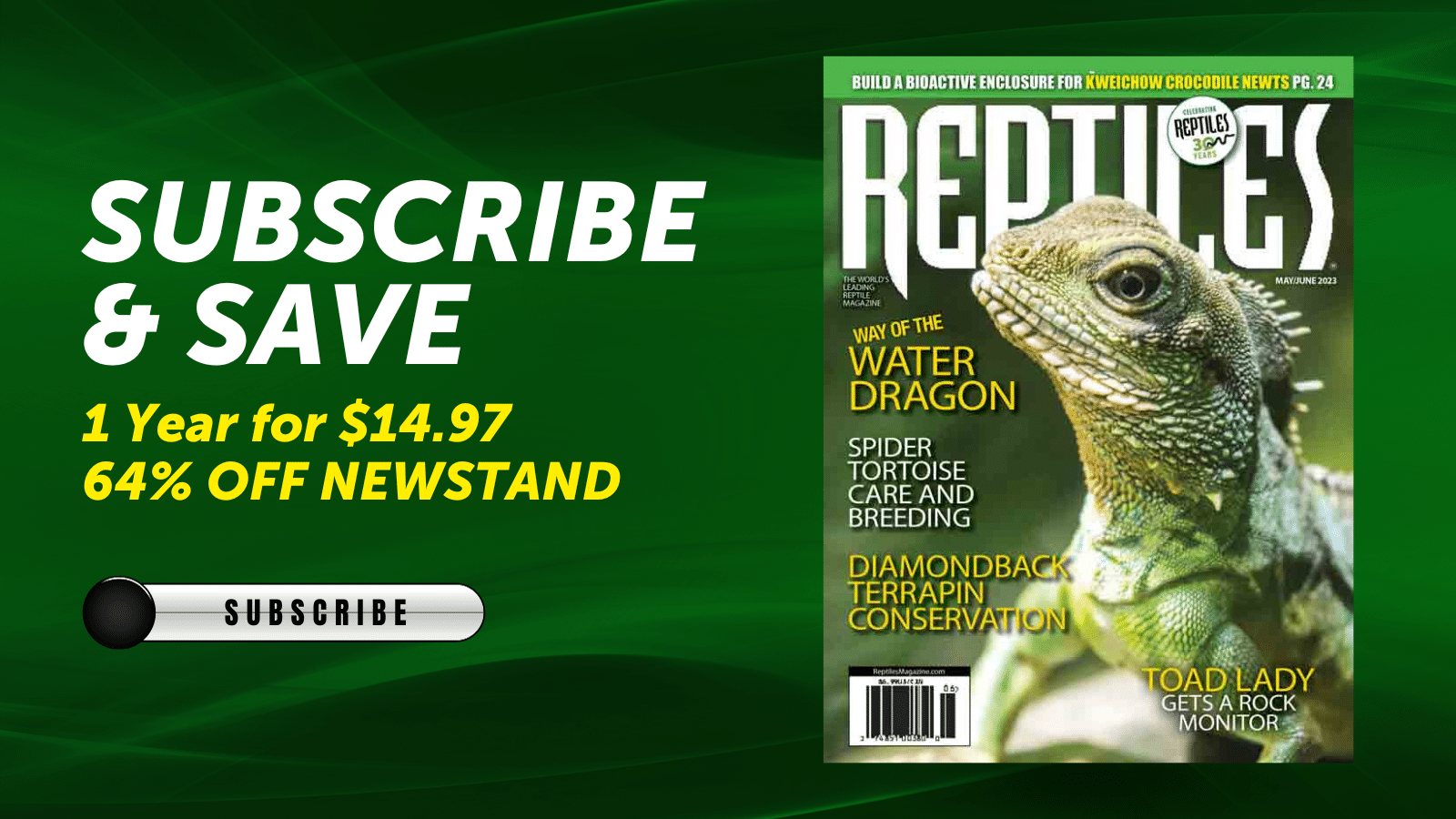Before you help an injured chelonian, ensure you are able to safely access the reptile. You can’t help the injured animal if you get injured in the process.
As the human population continues to grow, human-wildlife conflict and interactions increase in frequency. An unfortunate group of animals caught in the crosshairs are chelonians, or turtles and tortoises. The practice I work at sees wildlife, and many times we will see wild chelonians present to the clinic for trauma, most commonly caused by car, but also by animal attack such as dog bites and fish hook ingestion. This article plans on going over what to do when you find an injured chelonian, and also what to do to help minimize injury to these incredible reptiles.

This tortoise’s shell had sever trauma.
Before you help an injured chelonian, ensure you are able to safely access the reptile. You can’t help the injured animal if you get injured in the process. Once you’re able to grab the reptile, place it in a dark box for transport. This will minimize its stress. It is imperative to then bring this animal to a qualified rehabber/veterinary hospital where this animal can receive medical care. Do not attempt to keep this animal as a pet. Some chelonians, such as gopher tortoises and certain box turtles, are legally protected species.
Additionally, these animals often require intensive medical management, and delaying getting them the care they need is just as detrimental as leaving them in the wild.
When we receive these animals in the clinic, we do a brief triage. We ensure the chelonian breathes appropriately, has function in all its limbs, and assess the extent of the damage. X-rays help us assess for skeletal damage, eggs, and organ issues, especially the lungs. Pain medications, antibiotics, and wound care are then initiated. Sometimes surgery is required for certain conditions.

The tortoise’s shell has been repaired and is bandaged.
To prevent these instances, please drive carefully. Watch for wildlife crossing signs, and be aware of objects in the road. Do not drive distracted. If you see a chelonian crossing the road and are able to stop, please assist the reptile in crossing the road. Do not place it in the direction it came—chelonians have strong homing instincts and will turn around to go back into traffic. If you are not able to stop, attempt to give the animal adequate space. Additionally, ensure where you’re depositing the chelonian is safe.
Do not leave them in an area where they’re still in danger (grass median in the middle of two roads, etc.) or too close to the road, as they could fall back into the road. Place them far enough from any harmful area. To prevent dog bites, keep dogs on leash and try to wall off any tortoise burrows/ponds in your area. For fishing hook trauma, fish only in designated areas and ensure you do not leave hooks in the environment.
Eric Los Kamp, DVM, is an exotic animal and wildlife veterinarian at Winter Park Veterinary Hospital in Winter Park, Florida who has aspirations to board certify in reptile/amphibian medicine. In addition to being a member of the Association of Reptile and Amphibian Veterinarians (ARAV), he is an avid Ackie monitor keeper.



